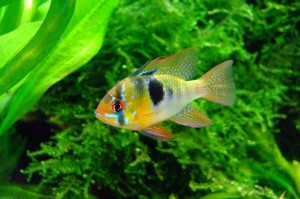 Phosphorus-based ingredients are common in detergents, as they improve surfactants efficacy, particularly in hard water. However they should be avoided for some reasons.
Phosphorus-based ingredients are common in detergents, as they improve surfactants efficacy, particularly in hard water. However they should be avoided for some reasons.
The first reason is eutrophication, the uncontrolled growth of seaweeds following a complex pathway, with irreversible lethal effects on aquatic fauna. European Commission is analyzing this issue (see SWD(2014) 263 file written at 2014 august 1st about phosphorus sustainability).
Phosphorus simplest compounds are phosphates, either of mineral (showing matters about heavy metals as cadmium contained) or animal origin (made by aquatic birds guano or by animal bones). They are very common in agriculture, being one of the main causes of water eutrophication.
Phosphonates are other compounds, more specific and efficient than phosphates, particularly used in laundry and dishwashing formulations. They are validated in Ecolabel and organic certificates too, whereas they are not allowed in particularly restrictive standards as Swedish Good Environmental Choice (Bra Miljoval). Why? Phosphonates are not biodegradable chemicals. Some laboratory studies show they are photodegradable (by sun light); however, independent studies show that in the natural environment phosphonate have no tendency to vanish in the air: their molecules are heavier than water and they try to reach the bottom, resting into rivers and lakes sediments for many years.
Moreover, phosphonates are critical for their toxicity too: etidronic acid (a common phosphonate) shows reprotoxicity (fertility decrese) and teratogenicity (foetal malformations) at concerning doses in mammals.
At the moment, European laws (Reg 259/2012/CE) set phosphorus tolerable threshold at 0,5 g/dose in laundry household detergents and 0,3 g/dose in dishwashing household detergents. In Italy, Decr. nr. 21 (2009 february 6th) sets the following thresholds: 0,5% for washing aids and 1% for washing-up liquids.
Indeed it is possibile to avoid completely phosphonates without loosing efficacy: Bensos products are evidence of it.



Leave a Reply